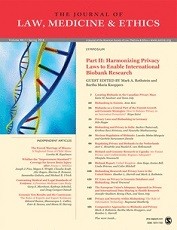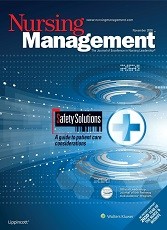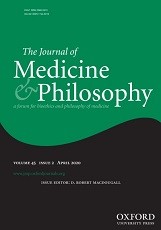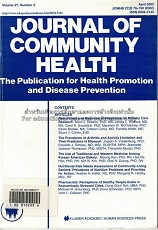Douglas Waugh

Extract
Dr. Hoaken brings his formidable analytic talents to bear on the problem of assaults on abortionists. Certainly the concept of “justifiable homicide” would or should be abhorrent to us all – I say this as a former soldier in World War II, in which a lot of “justifiable homicide” took place. . . .If I read his letter correctly, his plea is for a greater degree of humane tolerance than seems to prevail now. I could not agree more strongly. I believe that Drs. Fireman and Lemoine would endorse this view. Their comments on the genocidal behaviour in Nazi Germany during World War II are well taken; in an earlier draft of my manuscript I did make this comparison. . . . I believe Fireman, Lemoine and I have similar, if not identical, views on this.
Waugh D. (Correspondence) Understanding fanatics and followers (The author responds). Can Med Assoc J. 1995 Mar 15;152(6):808.






